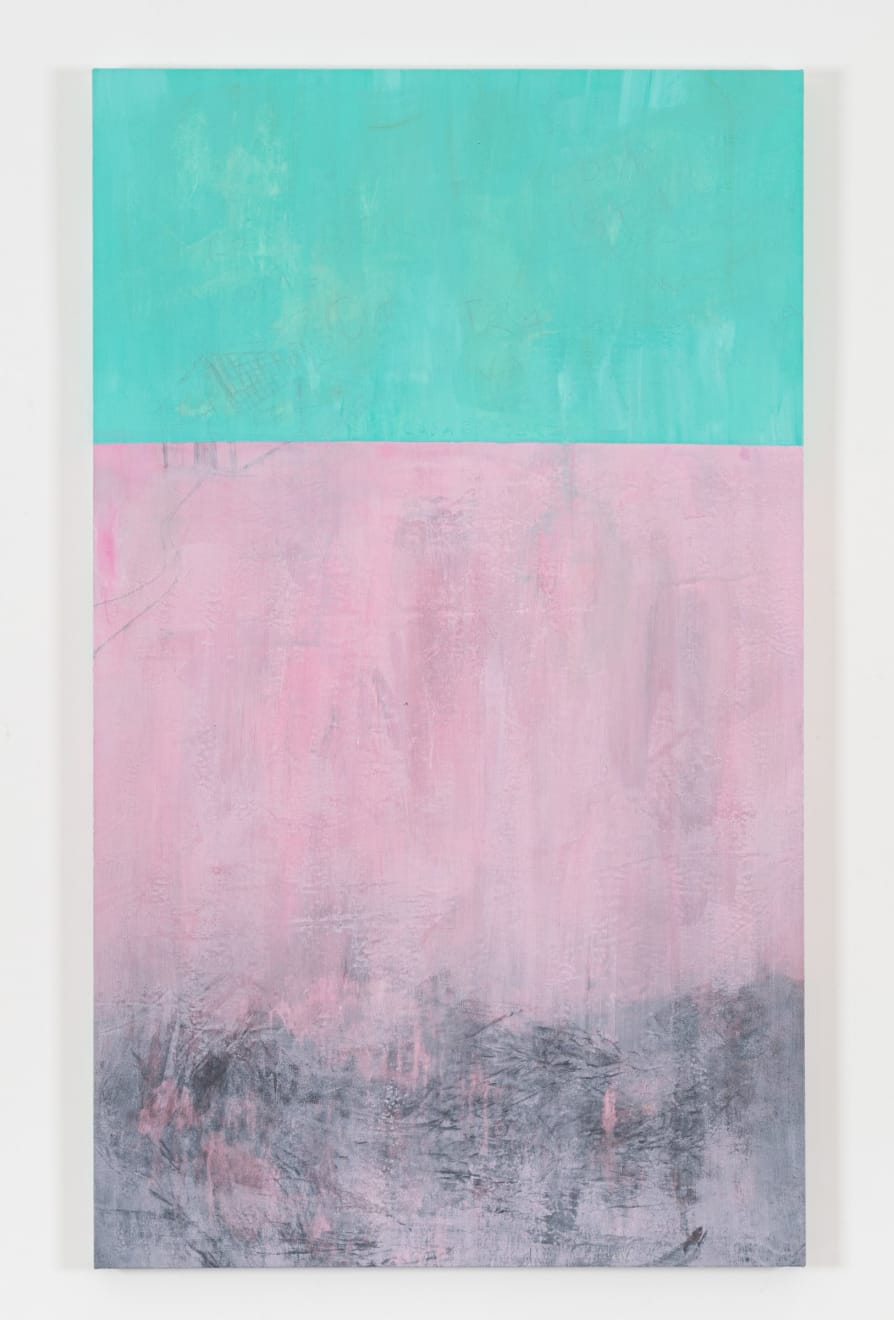Rose Afefé
Casa de Pobre, 2023
acrílica, pasta de modelagem e areia sobre tela de algodão
[acrylic, modelling paste and sand on cotton canvas]
[acrylic, modelling paste and sand on cotton canvas]
148 x 88 x 3 cm
[58 1/4 x 34 5/8 x 1 1/8 in]
4.7 kg
[58 1/4 x 34 5/8 x 1 1/8 in]
4.7 kg
Copyright The Artist
Further images
Nas suas pinturas, para além da tinta acrílica, Rose Afefé utiliza materiais e ferramentas de construção populares de forma a criar texturas. Já nas esculturas e instalações, utiliza o adobe...
Nas suas pinturas, para além da tinta acrílica, Rose Afefé utiliza materiais e ferramentas de construção populares de forma a criar texturas. Já nas esculturas e instalações, utiliza o adobe (tijolo de barro cru) como base construtiva. Os trabalhos são recortes das muitas memórias que a artista carrega da sua vida e infância no interior da Bahia. Assim, nascem como espaços de poesia, fabulações do que seria possível apresentar em fragmentos – seja de um lugar de fora ou de um lugar de dentro. As obras surgem então como territórios de cor.
[In her paintings, in addition to acrylic paint, Rose Afefé uses popular building materials and tools to create textures. In her sculptures and installations, she uses adobe (raw clay bricks) as a constructive base. The works are clippings of the many memories the artist has of her life and childhood in the interior of Bahia. Thus, they are born as spaces of poetry, fabrications of what could be presented in fragments - whether from a place outside or a place inside. The works emerge ethnically as territories of color.]
[In her paintings, in addition to acrylic paint, Rose Afefé uses popular building materials and tools to create textures. In her sculptures and installations, she uses adobe (raw clay bricks) as a constructive base. The works are clippings of the many memories the artist has of her life and childhood in the interior of Bahia. Thus, they are born as spaces of poetry, fabrications of what could be presented in fragments - whether from a place outside or a place inside. The works emerge ethnically as territories of color.]











